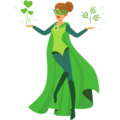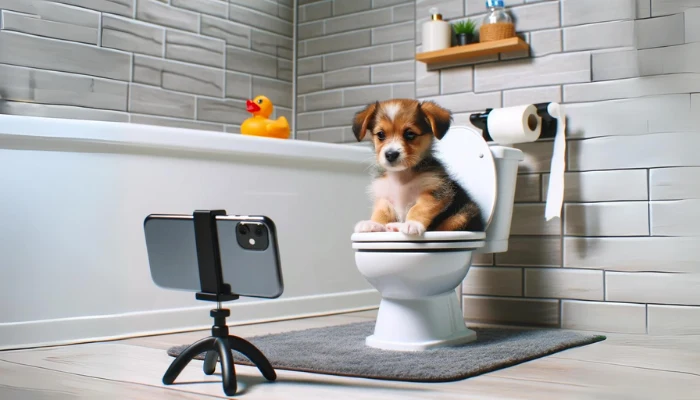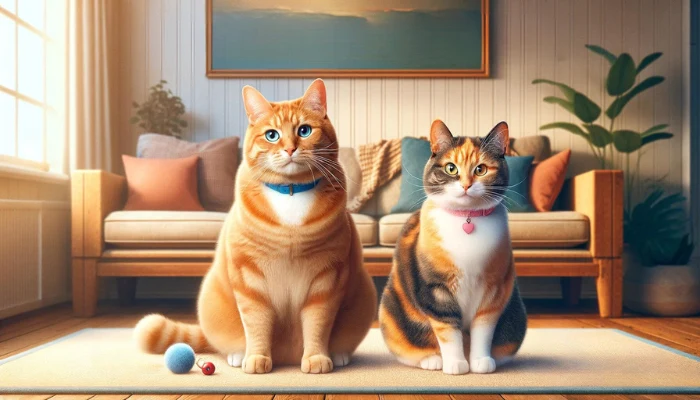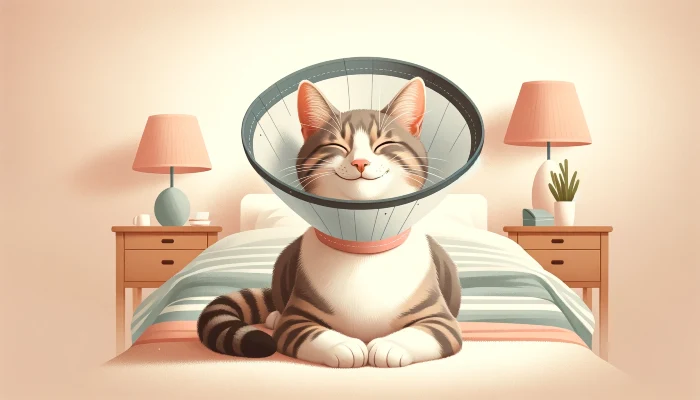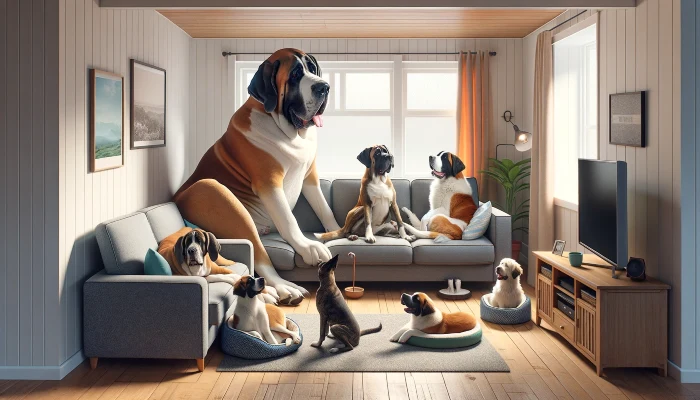Canaries have been a popular pet bird for a very long time. It’s easy to see why, with their beautiful color and lively songs.
Canaries make great birds for first time bird owners. They’re small, active, beautiful, friendly and don’t need the constant attention that other bird species need.
So, if you’re looking for a canary that will sing, you will want to buy a male canary, females don’t sing, they chirp.
Canaries prefer to live alone, but will live in male and female pairs.
Two male canaries housed together will fight, but your canary will be perfectly happy living by himself.
Canaries come in several colors, yellow, red, orange, white, cinnamon, fawn and variegated (solid color with patches or streaks of white feathers). The average lifespan for a canary is 10+ years.
Canaries like being around people, but they don’t like to be overly handled. You can train your canary to perch on your finger if you take the time to teach it, but he will be perfectly happy just being in the same room with you.
Use this guide to help your canary live a happy and healthy life.
It’s important to gather all the supplies you will need for your canary and have the cage set up before you bring your new canary home.
I’ve also included a list of the supplies you’ll need, is provided below.
Your Canary Cage
Canaries like to fly around their cages, so you will need to get a cage that will allow him to do this.
The cage type that is best for your canary is called a flight cage, these are rectangular and are longer than they are wide. The minimum size for a single canary is 18 inches wide x 30 inches long x 18 inches high.
The bars should be no wider than 1/2 inch to keep the bird from getting caught between the bars.
This is the minimum that the bird needs, but if possible bigger is always better. The cage should be kept in the room that you spend the most time in to allow your canary to socialize with you regularly.
Be sure to keep the cage in an area away from drafts, direct sunlight, air conditioners and out of reach of other pets.
Never put your bird’s cage in the kitchen, this is dangerous for your bird due to the risk of fumes, smoke and heat.
You will need 3 dishes for your canary, one for dry food, one for water and one for fresh foods.
If your cage didn’t come with a seed guard, you should buy a cage skirt to help keep the seed hulls, bedding and feathers from being scattered onto the floor.
You should cover your bird’s cage at night, this helps him sleep. You can buy a cage cover, or you can use a towel or sheet as a cover.
Perching: Living The Bird Life
Canaries need at least 3 perches in their cage, and they should be placed at different levels in the cage. Make sure not to place them over the food and water dishes to protect them from droppings.
The perches should be of different diameters from 3/8-3/4 inches to help keep your bird’s feet strong and healthy.
You can use wood, rope, or Manzanita branch perches. It’s recommended to have a Pedi-perch to help keep your bird’s toenails trimmed. Be sure to place the perches in a way that keeps the length of the cage as open as possible to allow your canary to fly easily.
Bedding
You can use newspaper as a cage liner, or you can use a recycled newspaper type bedding, such as Carefresh or Yesterday’s news.
Now, if you are using newspaper, you should change the paper at least every other day. If using a recycled newspaper bedding, you should remove any clumps of droppings every other day and totally replace it weekly.
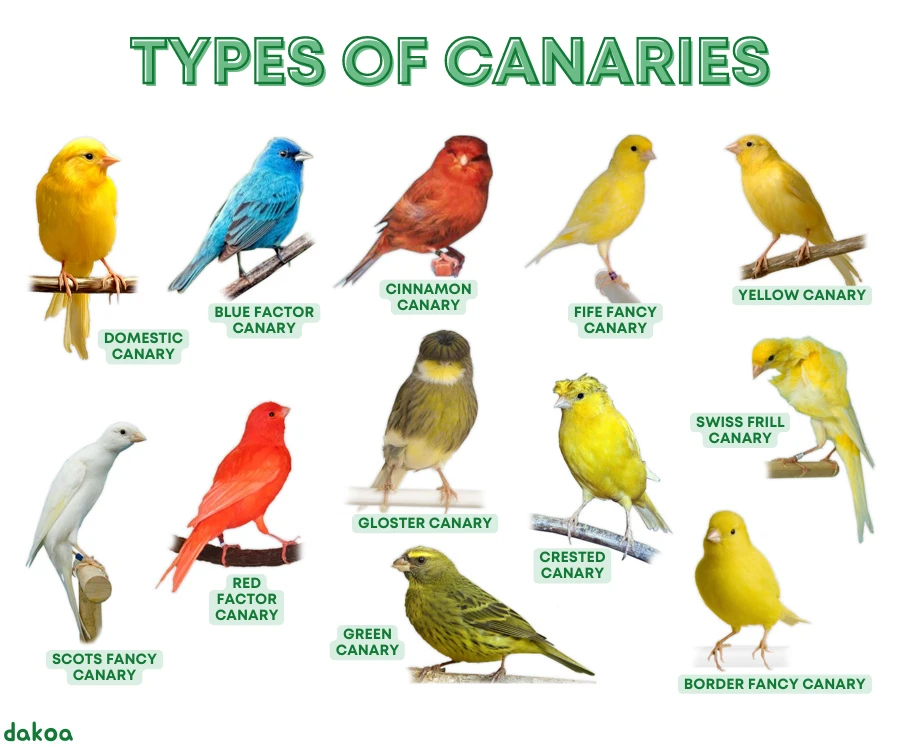
Feeding Your Canary
Canaries should eat a high quality, fortified seed made for canaries or a pelleted canary diet.
There are benefits to feeding a pelleted diet. Pellets are nutritionally complete and less messy (no seed hulls), but unless the canary you bought is already eating a pelleted diet, it won’t be easy to switch him to one.
Pellets aren’t readily accepted by birds. That means you have to slowly transition your bird from seeds to pellets. It’s important to be careful during this process to ensure that your bird doesn’t starve. Remember, birds have a very high metabolism, and can’t go without food even for short periods of time.
It’s recommended to consult with an avian veterinarian before starting your bird on pellets. If you feed a seed diet, it’s important to remove the seed hulls off the top of the dish at least once a day to keep the seed available for your bird to eat.
Canaries should be offered fresh leafy greens, vegetables and small amounts of fruit daily. If you choose to offer the occasional treat, I suggest you make them yourself, so you know exactly what’s in them.
I’ve included a list of safe and unsafe foods for your canary, is provided below. The fresh foods should be chopped into small pieces, that are easy for your canary to eat, and you should divide the fresh food into two separate feedings, one in the early morning and one in the late afternoon.
Remove any uneaten fresh food after 2 hours to prevent spoilage. Fresh water should be available at all times. The water should be changed at least once a day or anytime it becomes soiled.
You should keep a cuttlebone in the cage for your canary to provide calcium and help keep the beak trimmed.
Hygiene: So Fresh And So Clean
The cage liner must be changed at least every other day. And, if using bedding, remove clumps of droppings every other day at the most and replace completely once a week.
The perches, wire floor grate, and food dishes should be washed with a pet safe soap weekly or whenever soiled.
Now, that water dish must be washed daily. Don’t put this off, as dirty water can lead to illness.
The cage itself should be thoroughly cleaned with a pet safe soap, rinsed and dried completely on a monthly basis.
Toys: Not A Big Deal For Canaries
Unlike many other varieties of birds, canaries don’t play with toys, but they do like swings to perch on.
Just be sure to place the swing in a corner, so the cage length stays open for flying.
Health: Keeping Your Canary Well
You should provide your canary with a bird bath (you can use a shallow dish) to take a bath at least 3-4 days a week.
You can also use a misting spray bottle to give your canary a bath. This will keep your bird’s feathers and skin clean and healthy.
Now, keep an eye on your bird’s toenails for any sign of getting too long. When they do, just like dogs, they need to be trimmed. If you’re comfortable, you can do this yourself using cat nail scissors or infant nail trimmers. Just be careful not to cut into the quick (vein inside the nail).
But, of course, accidents happen. So, if you do cut the quick, apply some styptic powder or cornstarch to the nail along with some light pressure to stop the bleeding.
If you’d rather not trim your bird’s nails yourself, ask a vet to do it for you. Personally, I strongly suggest you ask the vet to show you how to do it properly. This way, you get an expert lesson and an opportunity to build up your confidence.

Canary Nail Trimming
Using a strong light, identify the nail vein and using a small strong nail clipper, cut off the excess nail without cutting the quick (vein).
It’s important to watch your canary for any signs of illness, if you notice any of the signs below, contact a vet in your area that specializes or has experience treating birds.
More To Discover
As always, please do some research before bringing your new canary home, and have a list ready of the veterinarians in your area that treat birds. Keep those numbers handy in case of emergencies.
Signs Of Illness To Look Out For
- Not eating
- Weight loss
- Ruffled feathers
- Discolored or loose stools
- Dirty vent (rear end)
- Wheezing or sneezing
- Discharge from eyes or nostrils
- Swollen or red eyes
- Feather loss (unless molting)
- Sitting at the bottom of the cage
- Inactivity
Now you can provide your new canary with the care he needs to live a happy, healthy life, and he will reward you with his songs. Enjoy your new canary.
List of Supplies You Need for Your Canary
-
- Cage minimum size – wire cage at least 18″ W x 30″ L x18″ H, bar space should be no wider than 1/2″
- 3 Dishes
- 3 Perches (3/8-3/4″ in diameter) get a couple of diameters. A pedi-perch is recommended.
- Bedding (can use newspaper or recycled newspaper bedding like Carefresh or Yesterday’s News)
- Cuttlebone
- Swing
- Bird bath (can use shallow dish or spray bottle set to mist)
- Cage skirt (if cage doesn’t have a seed guard)
- Cage cover (can use a towel or sheet)
List of Safe And Unsafe Foods For Your Canary

Foods That Are Safe For Your Canary
-
- Dark leafy greens
- Lettuces (no Iceberg)
- Broccoli
- Carrots and carrot tops
- Parsley
- Green and red bell peppers
- Squash
- Zucchini
- Yellow squash
- Peas
- Cooked dry beans (not canned)
- Cooked lentils
- Sprouted seeds
- Berries
- Apples (no seeds)
- Bananas
- Melons
- Oranges
- Pears (no seeds)
- Peaches (no pits)
- Apricot (no pits)
- Hard-boiled eggs
Foods That Are Not Safe For Your Canary
-
- Avocado
- Rhubarb
- Fruit seeds or pits
- Caffeinated beverages
- Alcohol
- Carbonated beverages
- Dry beans
- Mushrooms
- Garlic
- Onions
- Tomato stems and leaves
- Chocolate
- Eggplant
- Sugary, salty or fatty foods







